Speaking at the workshop, Deputy Governor of the State Bank of Vietnam Pham Tien Dung said that currently all goods and services in Vietnam can be paid by QR Code. Non-cash payments have developed strongly, transparently and conveniently, with the contribution of QR code payments. According to the leader of the State Bank of Vietnam, this success comes from three pillars: the consistent policy of the Government and the State Bank on non-cash payments; the birth of a unified QR standard such as VietQR; especially the strong acceptance from the market, from banks to millions of small traders and consumers.
Providing more information on the results of cashless payments, Mr. Pham Anh Tuan - Director of the State Bank of Vietnam's Payment Department said that in the first 9 months of the year, cashless payment transactions reached more than 17.8 billion transactions with a value of more than VND 260 million billion (up 43.32% in quantity and 24.23% in value).
Of which, through the Internet channel, there were more than 3.4 billion transactions with a value of more than 76 million billion VND (up 51.2% in quantity and 37.17% in value). Through the mobile phone channel, there were more than 11.5 billion transactions with a value of more than 64 million billion VND (up 37.37% in quantity and 21.79% in value). For QR Code, there were more than 337 million transactions with a value of 288,000 billion VND (up 61.63% in quantity and 150.67% in value).
 |
| Deputy Governor of the State Bank of Vietnam Pham Tien Dung speaks at the Workshop |
In addition to domestic operations, Vietnam has launched two-way QR payment services with Thailand, Laos and Cambodia, serving both Vietnamese customers and customers from cooperating countries. Mr. Tuan said markets such as China, South Korea, Singapore, India and Taiwan (China) are expected to supply the market in the period 2025-2026.
According to the Director of the State Bank of Vietnam's Payment Department, in Vietnam, recently many payment acceptance units have the habit of using personal QR codes to receive payment for goods and services from customers due to the advantages of this form of payment: convenience, speed, no fees, no need to sign contracts...
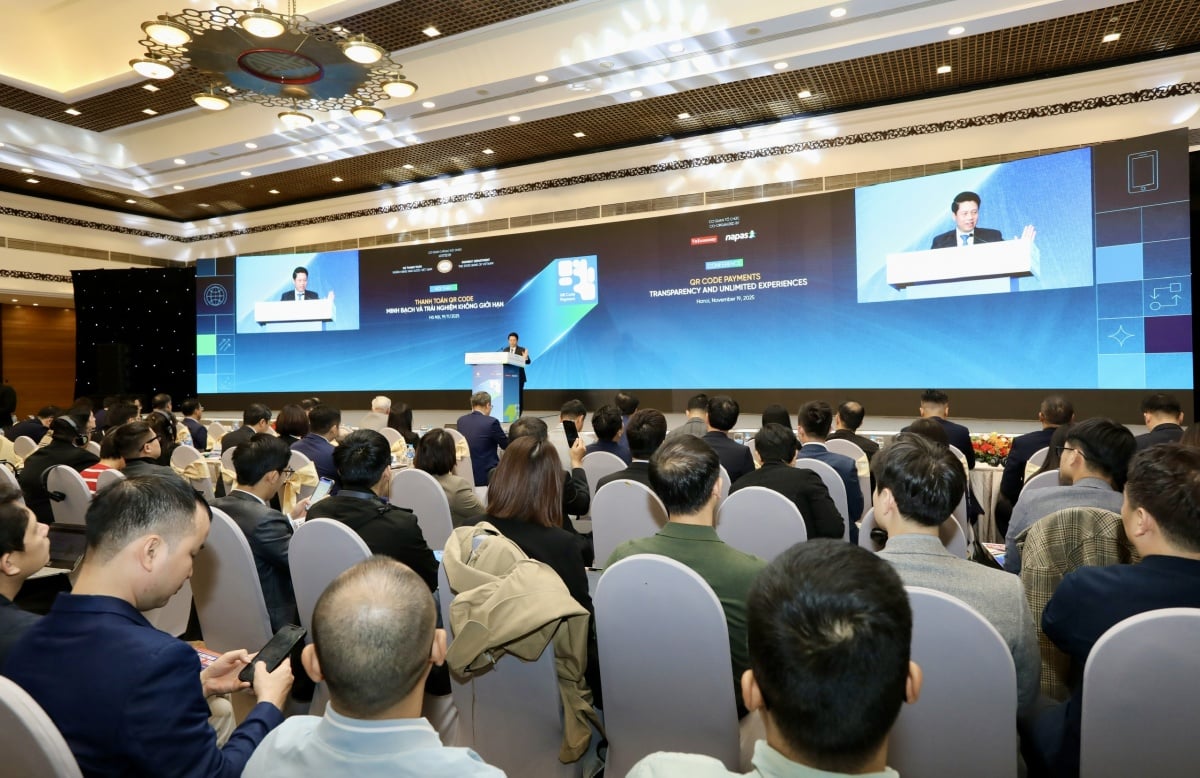 |
| Overview of the Workshop |
However, Mr. Tuan also pointed out the fact that QR Code brand issuers have not really cooperated closely with each other to achieve the purpose of interconnection in payment via QR Code, leading to inconvenience for customers in the process of using payment services via QR code.
In addition, cross-border payment services have been implemented in cooperation with a number of countries such as Thailand, Laos, and Cambodia, however the number of transactions is not much, not commensurate with market demand.
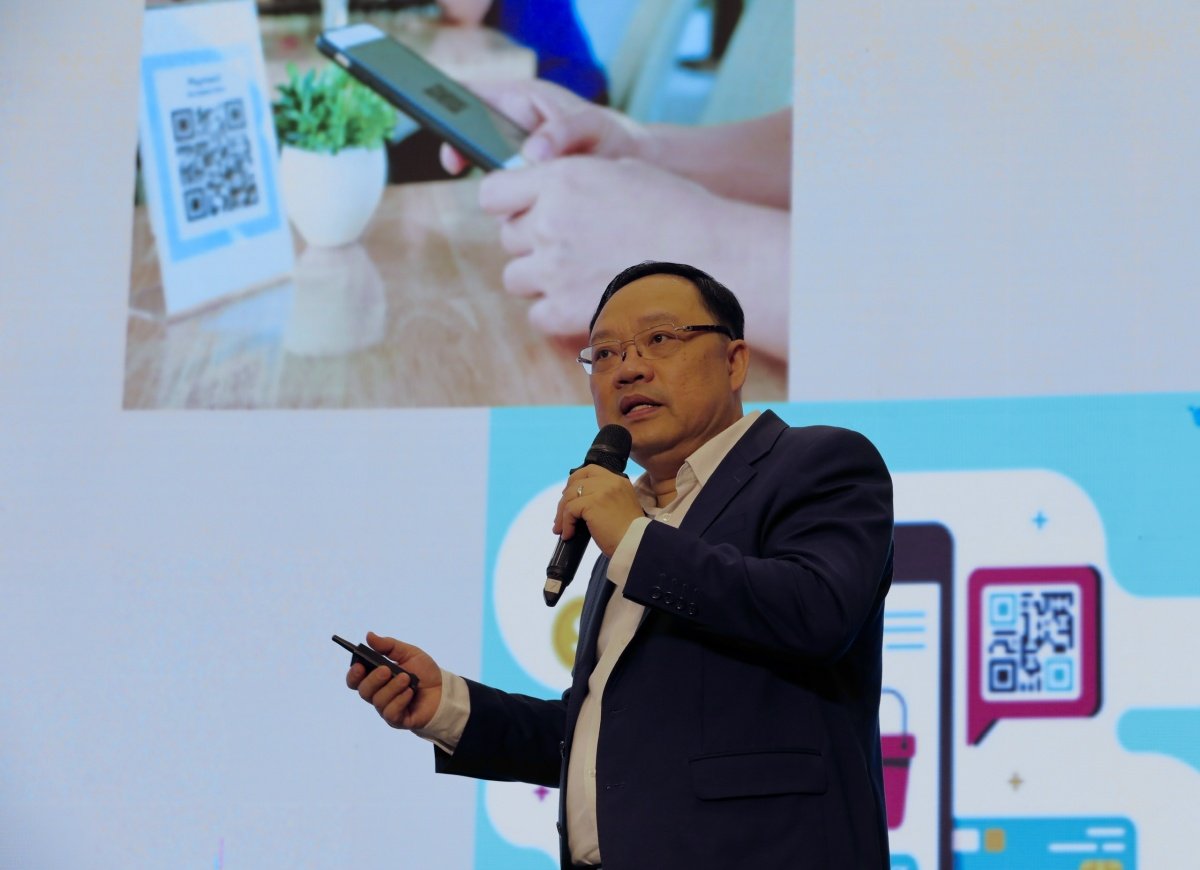 |
| Mr. Pham Anh Tuan - Director of Payment Department, State Bank of Vietnam discussed at the Workshop |
At the workshop, representatives of ministries, sectors and experts all agreed that the transition to QR code payments will bring three key groups of benefits. For consumers, this form helps transactions to be more transparent, easy to check and ensures high security standards. For businesses, the application of QR payment supports effective sales management, while providing data for consumer behavior analysis. As for management agencies, this payment system helps to better control cash flow, improve tax collection efficiency and market policy planning, thereby promoting domestic consumption.
According to Mr. Do Tuan Anh - Deputy General Director of KiotViet, in just 2 years, the total number of transactions has increased by more than 42%, from about 916 million transactions to more than 1.3 billion transactions. Particularly with QRcode payment, the growth rate is even more impressive: from 70.5 million transactions in 2023 to more than 243.7 million transactions in 2025, an increase of nearly 3.5 times. That shows that VietQR is no longer a "new" form, it is gradually becoming a payment habit of users and businesses.
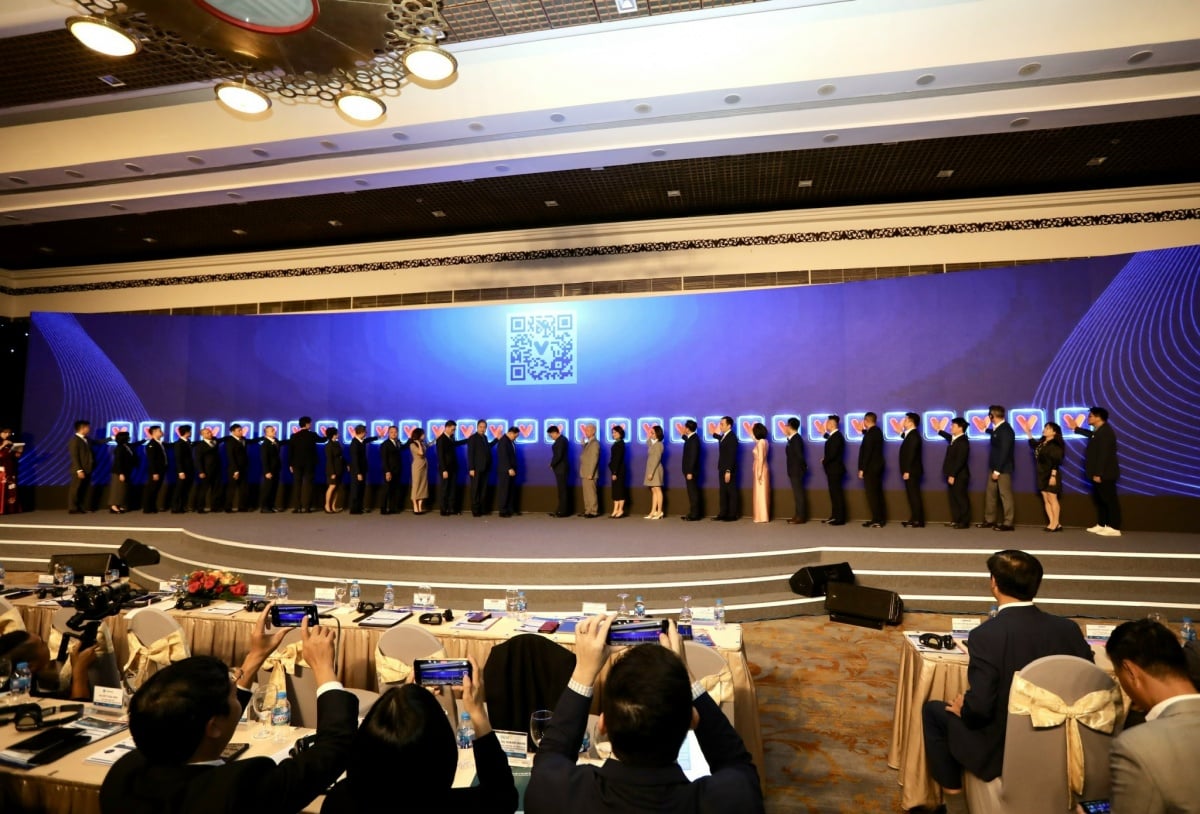 |
| The kick-off ceremony marking the commitment to convert from QR Transfer to QR Pay is a highlight of the program. |
However, according to KiotViet, the difference in QR transaction rates is still clear. While Hanoi , Ho Chi Minh City, and Da Nang account for a high proportion, many districts, communes, and rural areas are still below 0.5%. This shows that the room for digital transformation is still very large, especially for business households.
In the coming time, KiotViet proposes that technical standardization is needed. Parties need to unify API, KYC and integration processes to ensure the QRPay system operates stably, on a consistent interface for merchants. In addition, transaction fees need to be clearly announced from the beginning, procedures need to be simple, aiming for complete online. This is the deciding factor in whether businesses will convert and stick around or not.
 |
| Speakers exchanged at the discussion session |
Finally, practical implementation support is needed. QRPay will be guided directly on the KiotViet interface; the local support team accompanies each step of the installation. At the same time, KiotViet, together with banks and tax authorities, organizes propaganda and training seminars.
Mr. Tuan Anh also said that when QRPay is deployed synchronously and consistently, the Tax sector will have a transparent, structured, and verifiable data source. This will be a valuable input to reduce manual inspection steps, support risk classification and promote smart, modern tax management.
Regarding the management agency, Mr. Pham Anh Tuan oriented a number of solutions. Specifically, payment service providers/payment intermediaries need to focus on expanding the network of payment acceptance units to meet the increasing needs of people and businesses; Have measures to encourage payment acceptance units to use QR Code for payment instead of QR Code for money transfer; Strengthen cooperation in payment interconnection between different QR Code providing brands to bring payment convenience to customers. Along with that, aim to deploy connections with other countries such as China, Korea, Singapore, India, Taiwan (China), Malaysia...; promote communication to make customers aware of the service, strengthen training of employees at payment acceptance units to ensure that customers can identify and properly use bilateral retail payment services via QR Code.
Also within the framework of the workshop, the Kick-off Ceremony marking the commitment to convert from QR Transfer to QR Pay was a highlight of the program. Representatives of 28 banks and payment intermediaries expressed their determination to accompany the QR code standardization roadmap according to the direction of the State Bank. This event officially opened a new phase for the banking industry and the payment ecosystem: standardization - transparency - interconnectivity, aiming to build a modern, reliable payment platform and bring unlimited experiences to users. |
Source: https://thoibaonganhang.vn/qr-code-hanh-trinh-an-tuong-tu-cong-nghe-moi-tro-thanh-thoi-quen-thanh-toan-pho-bien-173814.html


![[Photo] President Luong Cuong receives President of the Senate of the Czech Republic Milos Vystrcil](/_next/image?url=https%3A%2F%2Fvphoto.vietnam.vn%2Fthumb%2F1200x675%2Fvietnam%2Fresource%2FIMAGE%2F2025%2F11%2F20%2F1763629737266_ndo_br_1-jpg.webp&w=3840&q=75)


![[Photo] Lam Dong: Panoramic view of Lien Khuong waterfall rolling like never before](/_next/image?url=https%3A%2F%2Fvphoto.vietnam.vn%2Fthumb%2F1200x675%2Fvietnam%2Fresource%2FIMAGE%2F2025%2F11%2F20%2F1763633331783_lk7-jpg.webp&w=3840&q=75)
![[Photo] National Assembly Chairman Tran Thanh Man holds talks with South Korean National Assembly Chairman Woo Won Shik](/_next/image?url=https%3A%2F%2Fvphoto.vietnam.vn%2Fthumb%2F1200x675%2Fvietnam%2Fresource%2FIMAGE%2F2025%2F11%2F20%2F1763629724919_hq-5175-jpg.webp&w=3840&q=75)

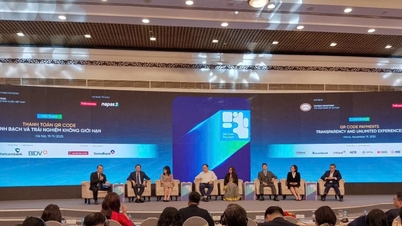

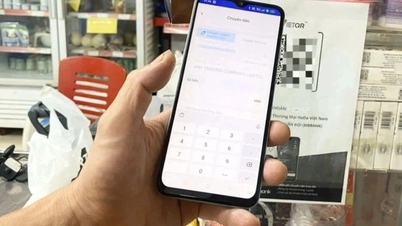

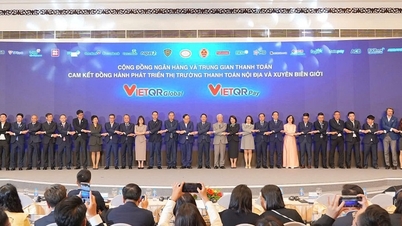





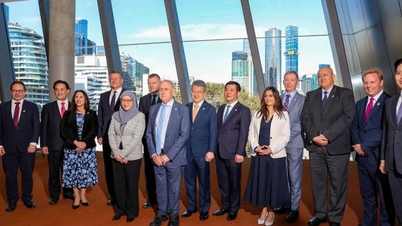


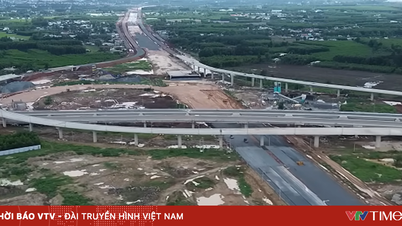

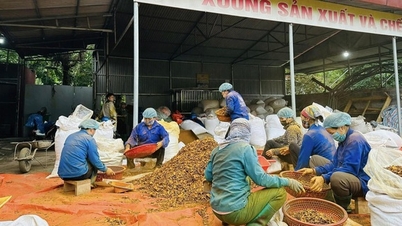

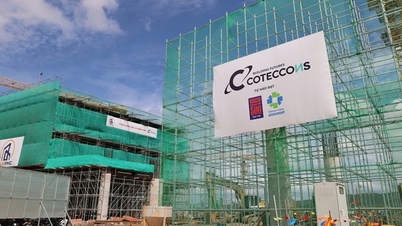





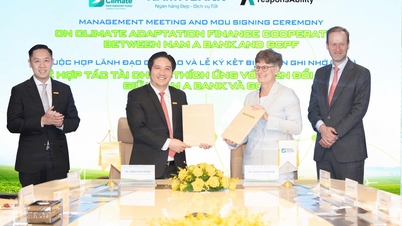
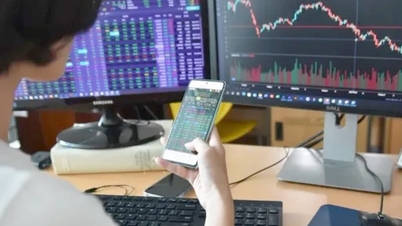
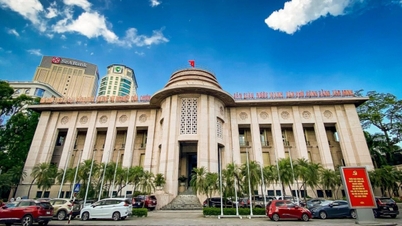
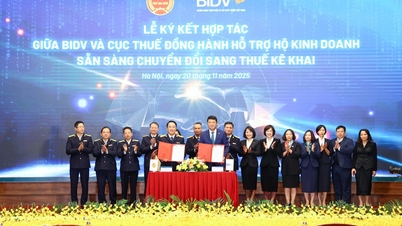
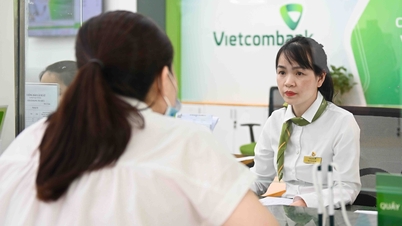








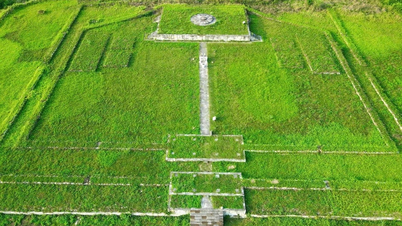









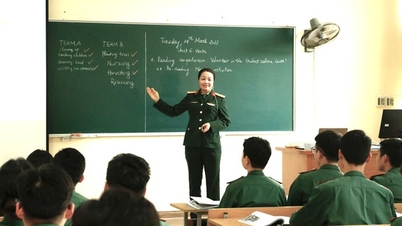



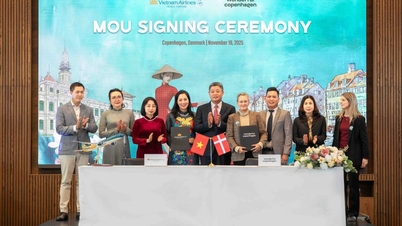





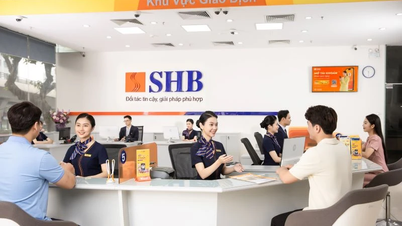









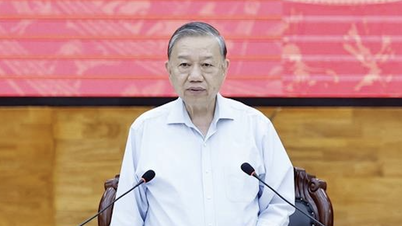

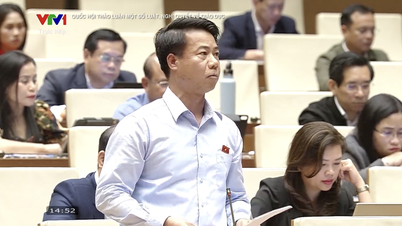



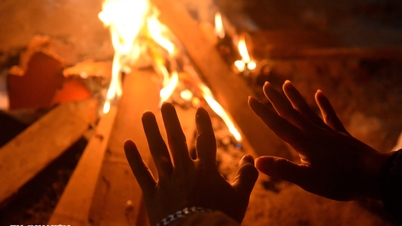


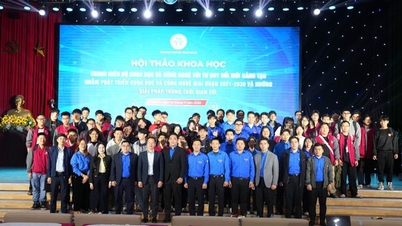

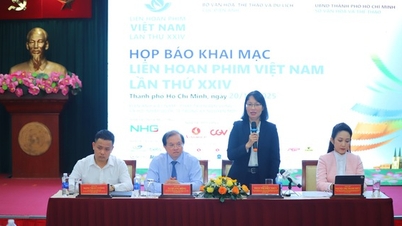




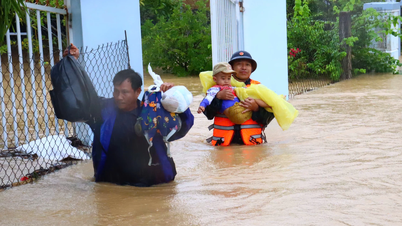


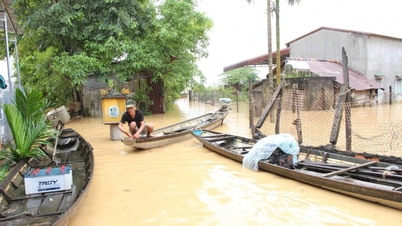


















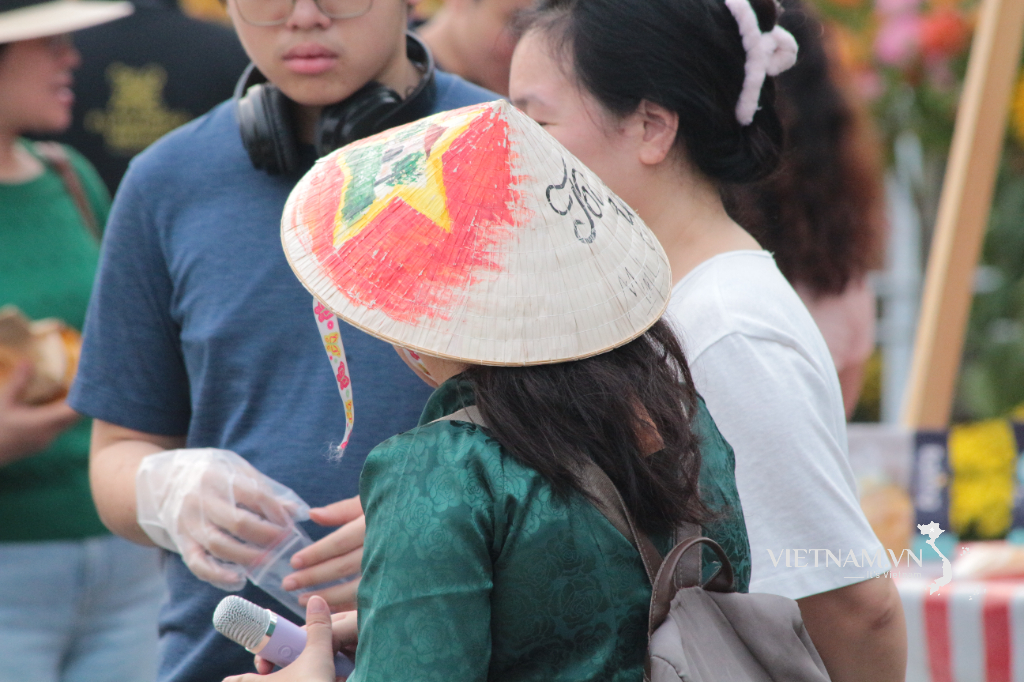

Comment (0)